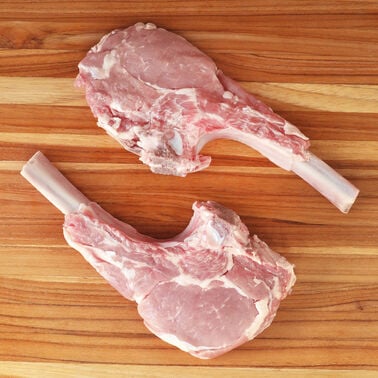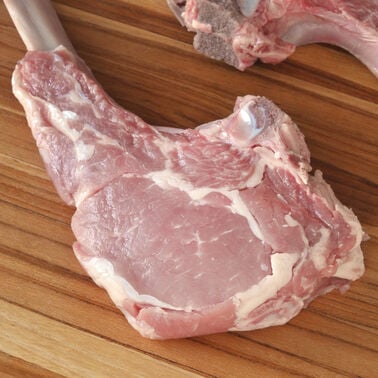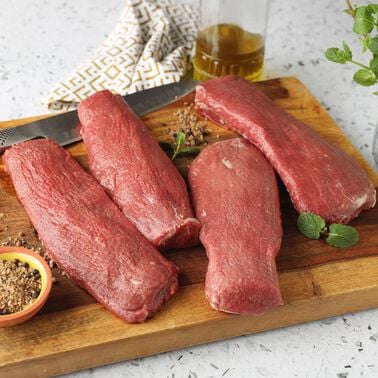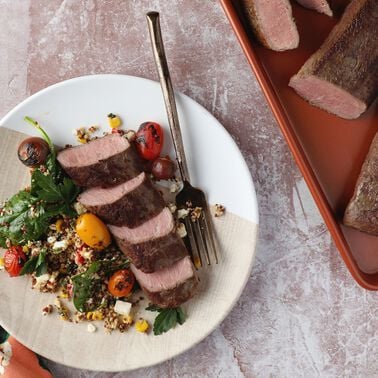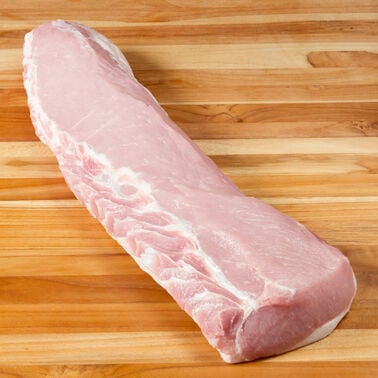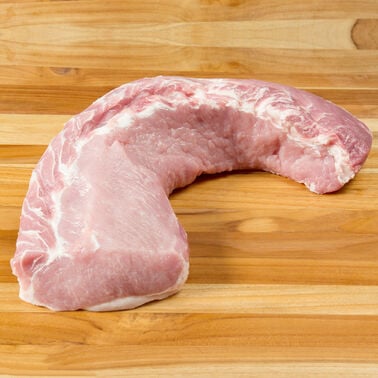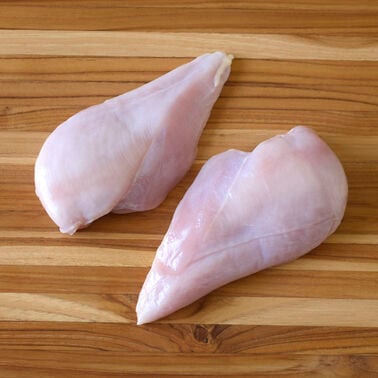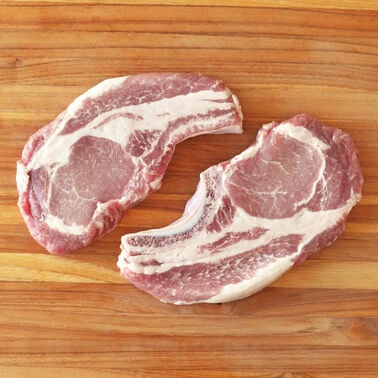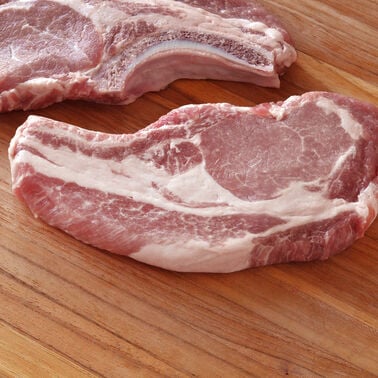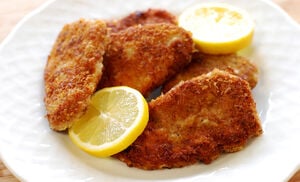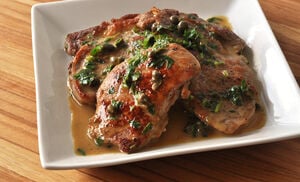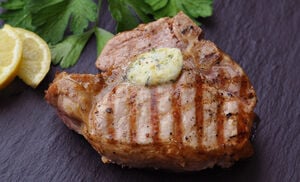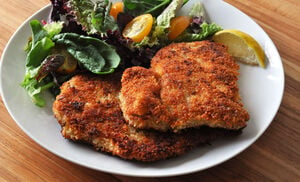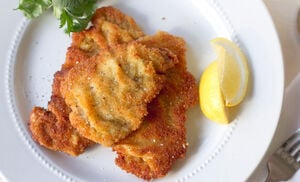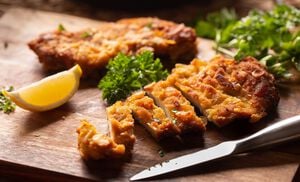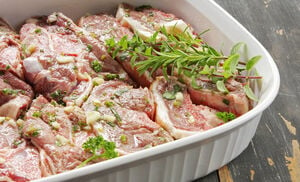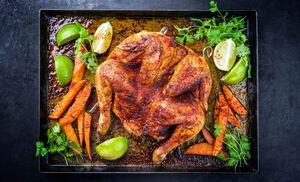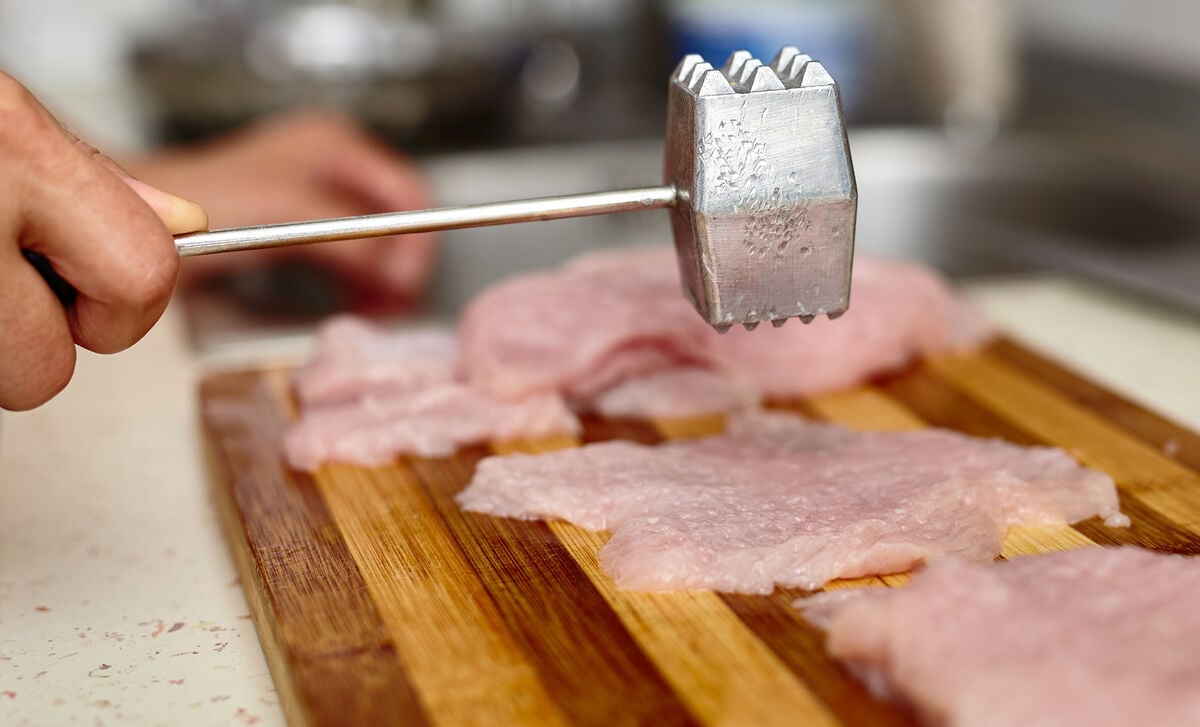
A Paillard by Any Other Name…
If the method rings a bell but the name doesn’t, it’s not surprising. While the technique has its roots in classical French cooking, it’s been adopted by cuisines all over the world and goes by several names. The paillard is also known as escalope in French, may be called flat-cutlet or scallop in American English (not to be confused with scallop the shellfish!) and scaloppini in Italian. The technique is used in cultures all over the world in a variety of dishes, from Saltimbocca in Italy to Schnitzel in Austria; Chuleta Valluna in Columbia to Parmo in the UK; Milanesa in Mexico to Tonkatsu in Japan; and from panado in Portugal to chicken fried steak in the US (just to name a few).
Love Me Tender
A great benefit to making paillards is tender flesh. When a cut of meat is pounded, the muscle fibers and sinewy connective tissues are broken down resulting in meat that is fork tender. But beware! Thin pieces of meat cook very quickly and will overcook if not timed carefully, defeating the point of pounding. Quick cooking paillards are most often sautéed, grilled, broiled or breaded then pan-fried. Thin meats should be cooked fast and hot to sear the outside while keeping the interior juicy. Cook paillards until ‘just done’ as they’ll continue to cook even when off the heat.
Ready, Set, Pound!
The type and cut of meat used for making paillards varies from country to country but here are some loose guidelines: chicken and turkey paillards are generally made from breast meat; veal paillards are sliced from the leg, shoulder or made from end-cut "Milanese" chops; beef, buffalo, venison and lamb paillards can be sliced from the tenderloin, round or sirloin; and pork paillards are usually cut from the loin or leg. The cut of meat will determine how you slice it. If you need to pre-thin cuts such as poultry breasts, slice horizontally. Thicker parts such as loins, legs or roasts should be cut vertically, across the grain. Briefly popping the meat into the freezer will ease slicing.
You don’t need much in the way of special equipment when making paillards – a flat-sided meat mallet and plastic wrap or parchment paper. If you don’t have a mallet you can use a heavy, flat-bottomed skillet or baker’s rolling pin to pound with, although you'll have less control and it may be harder to gauge thickness. All in all, it’s pretty easy:
Place a larger piece of plastic wrap or parchment on a steady cutting board or another work surface. Place the slice of meat on top then another sheet of material, sandwiching the meat.
Using the flat side of a meat mallet (or pan or rolling pin), begin to pound the meat from the outside inward over the entire surface. Be mindful of the strength used when pounding and adjust accordingly. Make sure you're breaking down tough cuts while not pounding delicate cuts so hard that holes appear. Your finished paillard should be never less than 1/8 inch thick.
Once the paillard has reached the desired thickness, remove the plastic or parchment, season and/or bread if you wish, and cook.
